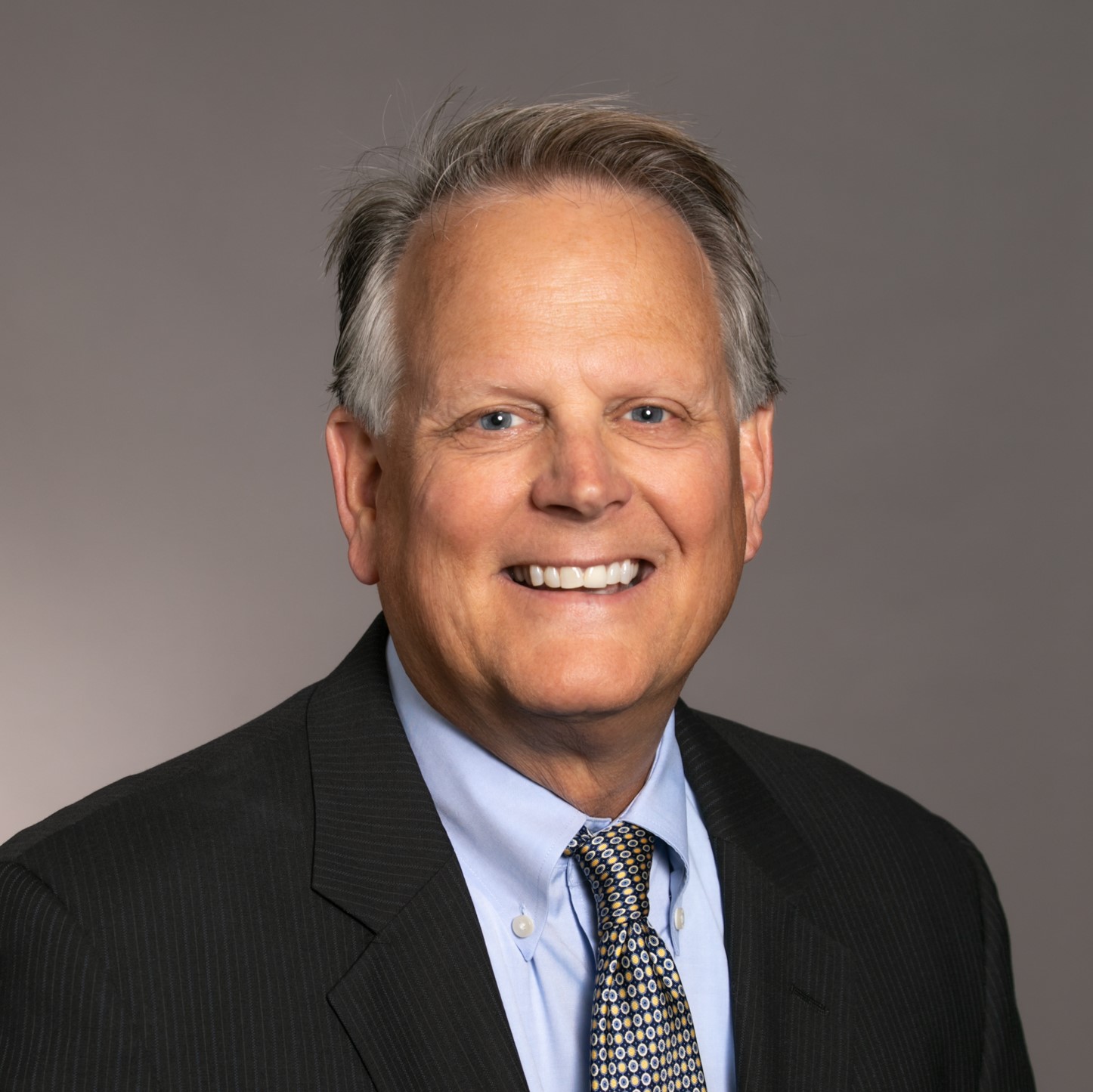By David Pintar, director of project development at C.W. Driver Companies
After being closed for most of the 2020-2021 school year, the majority of colleges and universities are opening campuses to in-person instruction for the Fall 2021 semester. This marks a turning point for higher education as it enters the post-vaccine phase of the pandemic. Educational needs for facilities are evolving as campuses determine how to best incorporate a hybrid in-person/virtual model and simultaneously revitalize student engagement and campus culture.
At the same time, public and private institutions have been facing a year of cuts to state funding, lost tuition and possible reduction to annual and endowment funds. Colleges are being conservative with their facility investments, prioritizing the greatest needs while planning for the future.
For C.W. Driver Companies, construction has remained steady due to a long history of building in California for higher education clients, having worked with 54 different public and private college campuses, and constructing more than 125 projects in total. Here is a look at current factors impacting higher education development, including state funding and creative financing strategies as well as evolving trends in campus construction.
Impact of State Funding
The California State University (CSU) system and community college districts have different funding sources for construction and campus planning. Many California community college districts have been able to continue construction projects thanks to successfully securing bond measures in 2018 and 2020. For many aging campuses, budgets are tight, so they are choosing to renovate existing buildings for new purposes. Others are moving forward with new construction. C.W. Driver Companies was selected for the first design-build project funded by the state of California, a new multi-disciplinary facility at Long Beach City College, and other ground-up construction projects for Orange Coast College, Coastline College and Miracosta CCD.
The CSU system was hit hard these past 18 months, and capital improvement plans (CIP) were put on hold due to major cuts in construction and facilities budgets. With the remaining funds, state universities had to be very targeted with construction. In spite of this, supplemental private funding through university advancement departments has enabled important construction projects to continue. C.W. Driver Companies is about to complete the new four-story Innovation and Instruction Building for CSU Dominguez Hills, a new classroom building at the University of California (UC) Santa Barbara broke ground in October of last year, and a new athletic center is being built at Pomona College. Hope is on the horizon. The 2021-2022 California State University budget includes major program changes, including an increase of $547.1 million to the ongoing General Fund to offset the reduction of the CSU 2020 budget and an increase of $965 million to a one-time General Fund, in part to support reoccurring and one-time CIP expenditures throughout the CSU system.
Creative Approaches to Development
Partnerships and creative financing structures are helping to mitigate budget challenges associated with state funding. Developers have been looking to public-private partnerships (P3) to be able to move projects through with tax-exempt bond financing. An example of a P3 occurs when a college campus leases a plot of its land to a third-party developer who assumes the risk of development, financing, construction and operations. This can result in positive financial returns, such as in the case of student housing, and can be useful for deferred maintenance and additional academic buildings. This delivery method is being utilized on multiple college campuses, including UC Riverside, UC San Diego, Cal Poly Pomona, Orange Coast College and others.
In addition, philanthropic and corporate partnerships help universities to cover the cost of construction. Toyota USA Foundation granted $4 million to CSU Dominguez Hills to support the design, construction and equipment for the Toyota Center for Innovation in STEM Education, which C.W. Driver Companies completed in 2019.
Technology, Services and Connection
Even though classes were online for the majority of last year and a hybrid model may be in the future, students still rely on colleges for student housing, study space, services, and, perhaps most critically, for internet access. For this reason and others, colleges are upgrading their student unions and services buildings. Orange Coast College selected C.W. Driver Companies to build a 153,000 square foot Student Union Complex comprised of three buildings that centralize student activity, incorporating recreation with student services, dining and meeting spaces. Coastline College is building a new Student Services Center to promote convenience and welcome student access to services and counseling. The existing facility is being replaced by surface parking and pedestrian pathways.
In an effort to improve services for lower-income students, colleges have been installing Wi-Fi in parking structures and other outdoor areas to make it easier for students to connect, whether from their cars or outside by the grass. This is especially important to students experiencing homelessness or those who do not have a home situation that is conducive to focused learning. Classroom infrastructure is going to continue to be upgraded with new technology, including cameras and improved bandwidth to accommodate hybrid in-person/virtual learning.
Flexibility and Collaboration
While students can listen to a lecture online, participate in discussion boards and interact over video platforms at home, a great desire remains among educators for enhanced collaboration and engagement between students and faculty. Recently, C.W. Driver Companies constructed an interior build-out for the new Swenson Family Hall of Engineering at Chapman University, where the goal of the space is to foster opportunities for collaboration and blur the lines between teaching and research. Study alcoves and research pods are located near faculty offices to promote interdisciplinary relationships and group work sessions.
Across campuses, flexibility remains essential to allow for new teaching modalities and to service various student and faculty needs. New classrooms continue to be built with collapsible panels that enable a room to be used as a large space or be broken down into smaller incubator spaces.
The past year of compulsory online learning has shifted student preferences and increased the competition in higher education. Colleges are responding and considering how to attract and retain students through prioritized investment in campus facilities.
As Seen In


